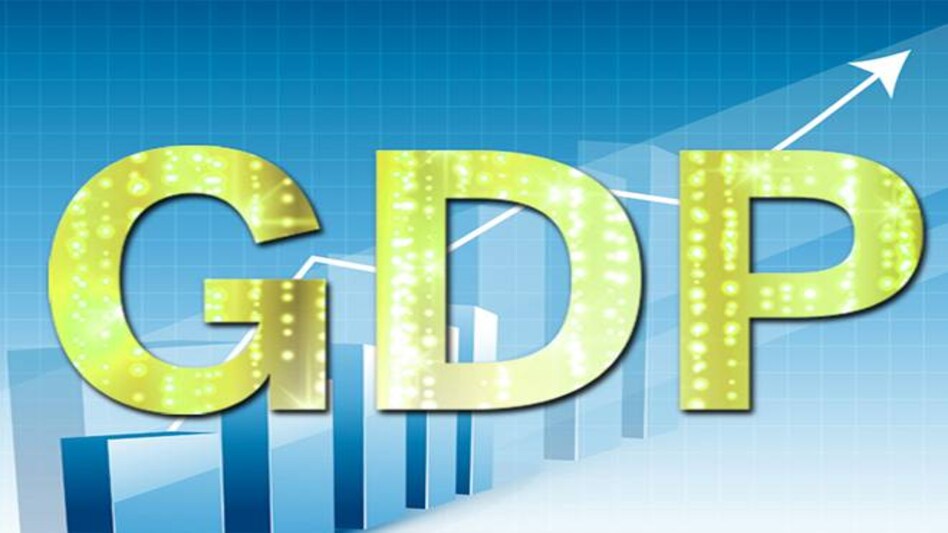 SBI had earlier predicted 11 per cent growth in FY22, which was later revised to 10.4 per cent.
SBI had earlier predicted 11 per cent growth in FY22, which was later revised to 10.4 per cent. SBI had earlier predicted 11 per cent growth in FY22, which was later revised to 10.4 per cent.
SBI had earlier predicted 11 per cent growth in FY22, which was later revised to 10.4 per cent.Economists at SBI have cut their forecast for India's gross domestic product (GDP) growth in financial year 2021-22 to 7.9 per cent from 10.4 per cent earlier due to the second wave of COVID-19 pandemic.
"Our analysis shows a disproportionately larger impact on economy this time and given that rural is not as resilient as urban, the pick up in pent-up demand is unlikely to make a large difference in FY22 GDP estimates, and hence it could only be a modest pick up," the research wing of SBI said in its 'Ecowrap' report.
It said GDP outlook in FY22 will be impacted by the trajectory of international commodity prices which have risen sharply during the year. Further, the pass-through impact of higher commodity prices will be visible in domestic prices, thus impacting consumption during the year.
"The overall consumption trajectory will depend on the recovery in services 'trade, hotels, transport, communication and services related to broadcasting' which supports roughly 25 crore households. Corporate, in the listed space, reported better growth numbers across parameters in Q4FY21, but this trend may soon reverse," the report said.
The realised real GDP growth for FY22 would be tad positive, with real GDP at Rs 145.8 lakh crore likely to be slightly higher than FY20 numbers. "Hence, the shape of recovery will be "W-shaped" instead of "V-shaped" as it was anticipated earlier."
India's economy grew at a faster-than-expected pace of 1.6 per cent during the fourth quarter of FY21, resulting in a contraction of 7.3 per cent for the entire fiscal, as per official data released on Monday.
Also read: Manufacturing PMI slips to 50.8 in May, lowest in 10 months
While most analysts had projected a double-digit growth for Indian economy in FY22, albeit on a lower base, the second wave of COVID-19 pandemic and lockdowns imposed by state governments to control the surge in cases has led to revisions in growth estimates.
SBI had earlier predicted 11 per cent growth in FY22, which was later revised to 10.4 per cent.
The report said its 7.9 per cent growth projection has an upward bias with the hope that the government will be able to vaccinate 1 crore people per day from mid-July as per its plan.
Analysing COVID-19 waves of different countries, SBI said third wave has the same intensity as the second wave. However, if serious cases decline from 20 per cent to 5 per cent due to better health infrastructure and rigorous vaccination in third wave, then the number of deaths in third wave could significantly reduce to 40,000 as compared to current deaths of more than 1.7 lakh.
"So vaccination should be the key priority, especially for the children who could be the next vulnerable group. With around 15-17 crore children in the 12-18 age bracket, India should go for an advanced procurement strategy like that adopted by developed nations to inoculate this age-group," it said.
Also read: Over 76 lakh workers take COVID-19 advance from EPF savings